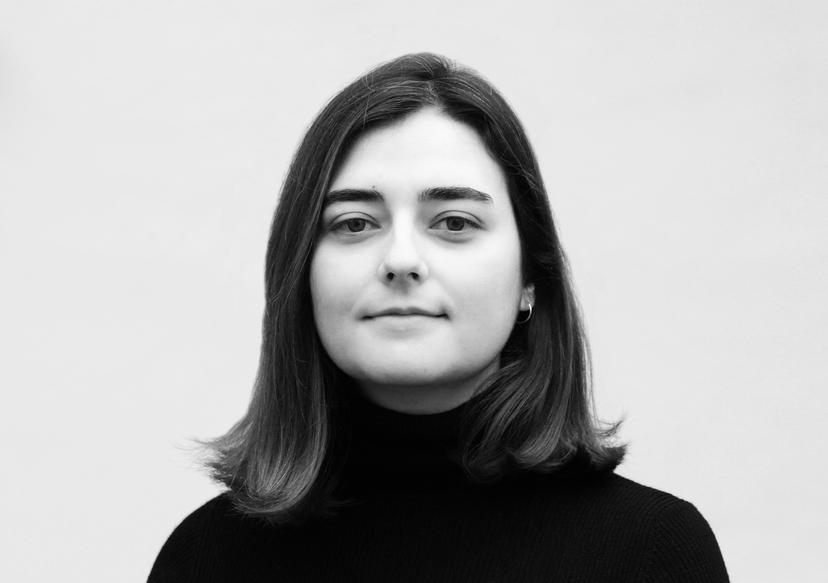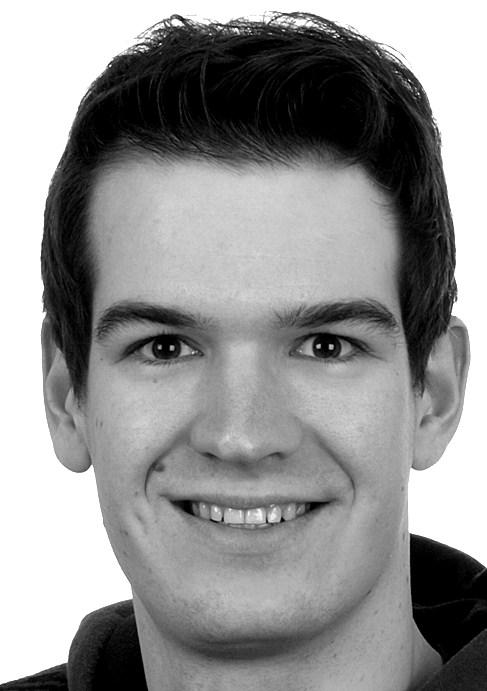- Teaching
- Urban Design Projects
- October 14, 2021
Urban Design Project I 2021/22. Terrapolis - Modes of Inhabiting in the Anthropocene.
Cities are coproduced by multiple socio-ecological processes, and they are marked by the dense manifestations of interactions and coevolution of human and more-than-human life. Recently, the COVID-19 pandemic exposed multiple dimensions of the interconnectedness of life and the unanticipated consequences of expansive urbanization processes and accelerated mobility flows. So, how could this “wake-up call” be approached as a transformative moment for urban design admitting to its responsibility of making lives socially and environmentally just for humans and more-than-humans?
With this annual theme, we join this immense quest by thinking with the term Terrapolis, an “-n-dimensional niche space for multispecies worlding” in Donna Haraway’s conception. Terrapolis draws on Latin and Greek roots Terra- soil, and Polis- political community. It is a motivation to ignite speculative experiments for alternative political imaginaries of soil (Boden) in the Anthropocene; a call to rethink critically the uninhabitability of places amid extractivist and exploitative capitalist dynamics of enclosure and land grabbing; and ethics of "living and dying well with each other" prompting care and justice in the core of our practices (Haraway 2016:11).
While imagining Terrapolis, we draw from the rich work of feminist, post-colonial, and post-human scholars, who challenge long-endured dualisms in the thinking of life and cohabitation “with and against the grain of urban designers” (Hinchliffe and Whatmore 2006; Gibson-Graham 2011). Such cohabitation of cities increasingly requires: “ecologies becoming urban, and cities becoming ecological” (Hinchliffe and Whatmore 2006:128).
With the annual theme “Terrapolis- Modes of Inhabiting in the Anthropocene” we will address: What are the dynamics, processes, materialities, and temporalities of inhabiting? What kind of alternative modes of inhabiting occur in the midst of capitalist urbanization? How does inhabiting become precarious and volatile? How can we think of inhabiting as a form of caring and repairing the world? How can urban researchers and designers learn to build flourishing and liveable worlds for co-habitation?
We are interested in exploring places, processes, actors, actions, and pedagogies that allow us to learn how cohabitation might flourish and be maintained. Those include, but are not limited to, transitional ecosystems (swamps, wetlands, meadows, estuaries), infrastructural spaces (waste, energy, consumption, transportation, urban greening, and green infrastructures, railway sidings, data centers, etc.), wastelands, leisure spaces (parks and allotments), urban transformation processes, and spaces of multispecies pedagogies.

https://feralatlas.org
contributors

Prof. Dr. Johanna Hoerning
Acting Professor, Urban and Regional Sociology

Prof. Dr. Timo Kaerlein
Acting Professor, Digital Humanities

Prof. Dipl. Ing. Bernd Kniess
Professor, Urban Design

M.Sc. Gözde Sarlak-Krämer
Academic Staff, Ph.D. Candidate

Prof. Dr. Dr. Raphael Schwegmann
Acting Professor, Cultural and Spatial Theory

Nina Manz
Lecturer
2021/2022
Terrapolis

Modes of Inhabiting in the Anthropocene
Cities are coproduced by multiple socio-ecological processes, and they are marked by the dense manifestations of interactions and coevolution of human and more-than-human life. Recently, the COVID-19 pandemic exposed multiple dimensions of the interconnectedness of life and the unanticipated consequences of expansive urbanization processes and accelerated mobility flows. So, how could this …